
ColourEarth®
Revitalising the
fashion industry
Our Technology
ColourEarth® is a regenerative textile
printing technology.
Natural dyes are now made scalable, traceable and renewable.
ColourEarth® is a printing technology utilising pigment extracted from plants that regenerate polluted ecosystems. First of its kind, this technology allows fashion brands to move away from synthetic dyes, and go beyond low-impact to have measurable positive impact on soil health.

A holistic approach to regenerative design throughout the textile supply chain
Our Process
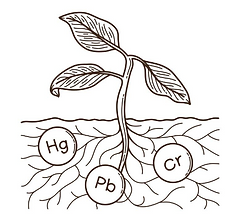
1.Heal
We use selected species of plants to remediate ecosystems, rewilding polluted land while creating enough biomass to produce pigment.
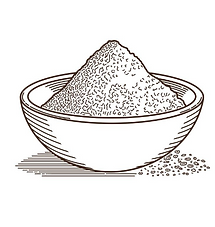
2.Harvest
Once the plants have matured, we harvest and extract our pigments with proprietary methods which are low-impact compared to traditional extraction methods.
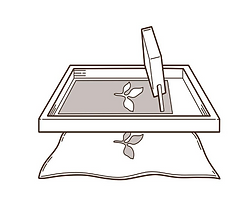
3.Create
Our pigment is ready to be blended with our print paste and printed at scale with selected cellulosic fabrics.

Remediating damaged natural ecosystems.
Powered by plants.
Our Mission
We are on a mission to make natural dyes the norm while remediating polluted soils and rewilding damaged ecosystems
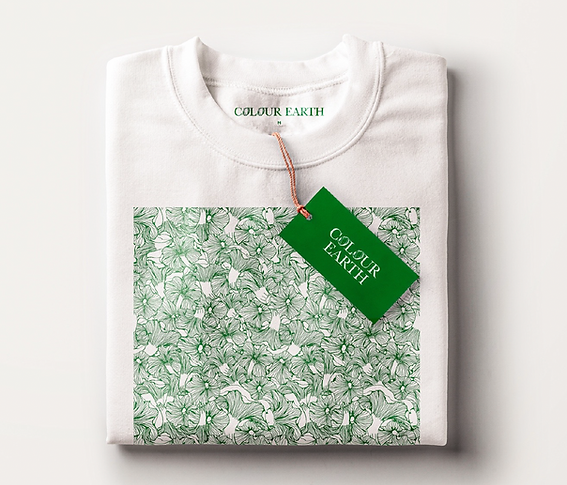

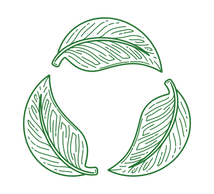
Our Mission
1. Reconnect
Our project is aiming to help reconnect people & plants so anyone wearing our innovation can be part of the wider systemic change. We also are trying to create more green spaces that have been rewilded.
2. Renew
Our main concern with natural dyes is that they are usually not very renewable (foraged or/exotic). Growing at scale also competes with food crops. So we want to make sure our pigments are extracted from highly renewable sources like fast growing weeds.

3. Rewild
By working on polluted sites, we help entire ecosystems regenerate, by bringing more plant life which in turns fosters insects, bacterias and fungi as well as larger mammals to reintegrate these ecosystems.
Natural dyes have been used for milleniums.
Now they represent less than 1% of all dyes used in fashion.
Plant-based dyes face their own challenges

Land scarcity for food crops
The world is experiencing land scarcity challenges due to food production and a growing population. Utilising our land strategically while respecting our existing ecosystems is paramount in order to tackle these challenges
The world is experiencing land scarcity challenges due to food production and a growing population. Utilising our land strategically while respecting our existing ecosystems is paramount in order to tackle these challenges

Biodiversity loss
Fashion uses tremendous amounts of water with regions being hugely impacted by the decrease of water reserves. Some dyeing processes are very water-intensive and so we are exploring how to reduce overall water use in dyeing.
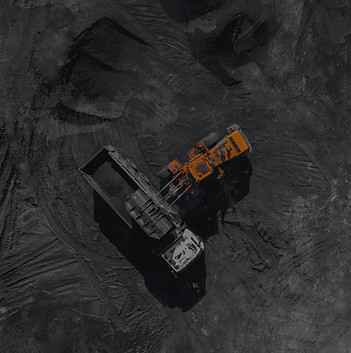
Increased mining activities
We mine metals for many purposes : jewellery, electronics and construction. Mining severly impacts ecosystems and so we are trying to give ex-mining sites a remediation makeover.
Awards.
Young Innovator Next Steps 2023
Fashion Futures UAL x Pangaia Runner-up 2022
Young Innovator 2022
S4Fashion 2021
Sponsors.

